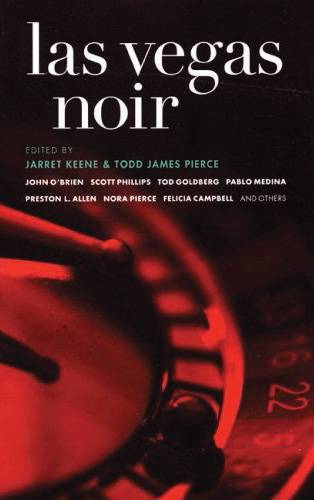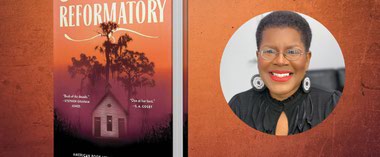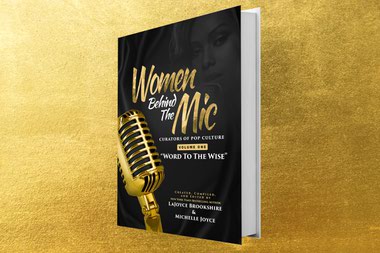Midway through the introduction to Las Vegas Noir, a collection of crime stories, many of which were written by current or one-time locals, the book’s editors, Jarret Keene and Todd James Pierce, promise that the stories to follow are “cliché-free” and “full of flesh and blood characters trapped in dire circumstances …” Sounds like trouble. A clichéd claim like that gave me the uneasy feeling that I was about to be conned, or worse. It brought to mind that scene in countless crime tales when the heavy tells the lowly schmuck hero, “Relax. If we’d wanted to kill you, we’d’ve done it by now.”
Vegas is a natural setting for noir—a city whose scaldingly intense brightness at day (and night) is matched by its robust seediness. A city, as Keene and Pierce point out, that offers up a steady buffet of real-life crime and cruelty. In a bid to short-circuit the all-consuming mythos of Vegas, to bring the city out of fantasy and into reality, the 16 short stories are pegged to particular neighborhoods around Vegas and its outskirts. The writers work hard to sketch plenty of locally accurate street corners and coffee shops.
On occasion, we are taken to novel situations—a wood-carving clan of indigenous Mexicans living in the shadows of a Boulder Highway casino, a corpse turning up outside a tour bus headed to an old test site, an Italian mobster from Chicago masquerading as a Vegas rabbi. For the most part, though, Las Vegas Noir treats us to the usual suspects of the crime story—serial killers, mob enforcers, petty thieves, cops, strippers, drug dealers, bagmen, bottom feeders, washouts and screw-ups of various stripes. (That’s fine, as it goes, though I’d love to see a fresher take on the “Dark Underbelly” deal with mortgage lenders, say, or endoscopy clinics.)
While we welcome crime stories full of danger, death and betrayal, they should come wrapped in language as spare, hard and uncompromising as their characters. Open any page of Las Vegas Noir, and its failures of basic craftsmanship are clear. All these tales offer is clumsy exposition, weak dialogue and stale writing that cold-heartedly kills us with lines like, “Paul Robbins was a thief, and a damn good one,” or an exchange like this one:
He hated her right then, but he was attracted too.
“You’re a cruel woman.”
“It’s part of my charm.”
Are you kidding me? Every time a story hints at an interesting direction or texture, the hapless writing breaks your arm. What should be chewy pulp becomes parody instead. These stories tell rather than show; they telegraph what should be suggested. We leave feeling not like we’ve actually been thrust inside the grimy entrails of the city, but that we wound up in the theme-park version instead. These stories are an idea about noir rather than the actual thing.
To wit, in Las Vegas Noir few writers can resist the deus ex machina of a last-minute murder. When the stories run out of gas and ideas, characters desperately reach for their guns and razor blades, and people start to die. Logic be damned. We readers, presumably, are invited to relish such unsentimental portraits of the naked city. But blood arbitrarily spilled does more than drain the lives of misguided dupes. It kills the stories, too.
Noir is about more than guns and murder, or tough-guy posturing. The denizens of the underworld can spot poseurs a mile away; they’re usually the ones who wind up at the bottom of the river. At its best noir occupies a denser, morally treacherous world, where people, be they cops or crooks, players or pawns, are always in over their heads, where losing your life is only one of your problems and, above all, where your choices are almost always of the no-win variety.
The few decent stories here downplay or elide the actual violence altogether. In David Corbett’s “Pretty Little Paradise,” a stay-at-home drug-dealing mom faces a wrenching choice between two equally undesirable paths. It’s a violent ending in which no shots are fired. Similarly, Vu Tran’s “This or Any Other Desert,” about a cop trying to find his imperiled ex-wife, engages not with its characters’ clumsy threats of violence, but in its look at the limits of cultural assimilation, the points at which we become unknowable to each other. Tran captures a noir vision without becoming trapped in its methods.
It’s harder than it looks. In “Disappear,” Jaq Greenspon’s tale of diamonds and double-crosses, the magician protagonist, discussing his craft, explains the difference between an amateur and a professional: “No matter the situation, I had an out. But then, I’m a professional. An amateur, they have no outs.”
It’s tough to capture this most iconic and ephemeral of places, and with their dead-end tropes, most of the stories in Las Vegas Noir have no convincing out, either. As if to prove the point, Greenspon can’t even get out of his own otherwise clever line, because he notes that when “things don’t go as planned, well, that’s when the fur starts to fly.” Hard to imagine Jim Thompson ever writing a phrase like that.








Previous Discussion: